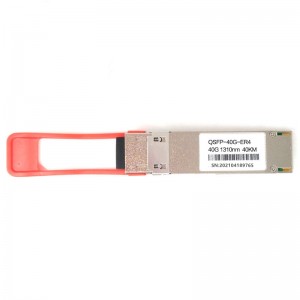At present, the traffic of the data center is increasing exponentially, and the network bandwidth is constantly upgrading, which brings great opportunities for the development of high-speed optical modules. Let me talk to you about the four major requirements of the next-generation data center for optical modules.
1. High speed, improve bandwidth capacity
The switching capacity of switching chips almost doubles every two years. Broadcom has continued to launch the Tomahawk series of switching chips from 2015 to 2020, and the switching capacity has increased from 3.2T to 25.6T; it is expected that by 2022, the new product will achieve 51.2T switching ability. The port rate of servers and switches currently has 40G, 100G, 200G, 400G. At the same time, the transmission rate of optical modules is also steadily increasing, and it is iteratively upgrading in the direction of 100G, 400G, and 800G.
2. Low power consumption, reduce heat generation
The annual power consumption of data centers is very large. It is estimated that in 2030, data center power consumption will account for 3% to 13% of total global power consumption. Therefore, low power consumption has also become one of the requirements of data center optical modules.
3. High density, save space
With the increasing transmission rate of optical modules, taking 40G optical modules as an example, the combined volume and power consumption of four 10G optical modules must be more than a 40G optical module.
4. Low cost
With the continuous increase of switch capacity, major well-known equipment vendors have introduced 400G switches. Usually the number of ports of the switch is very dense. If the optical modules are plugged in, the number and cost are very huge, so lower-cost optical modules can be used in data centers on a larger scale.
Post time: Aug-06-2021


